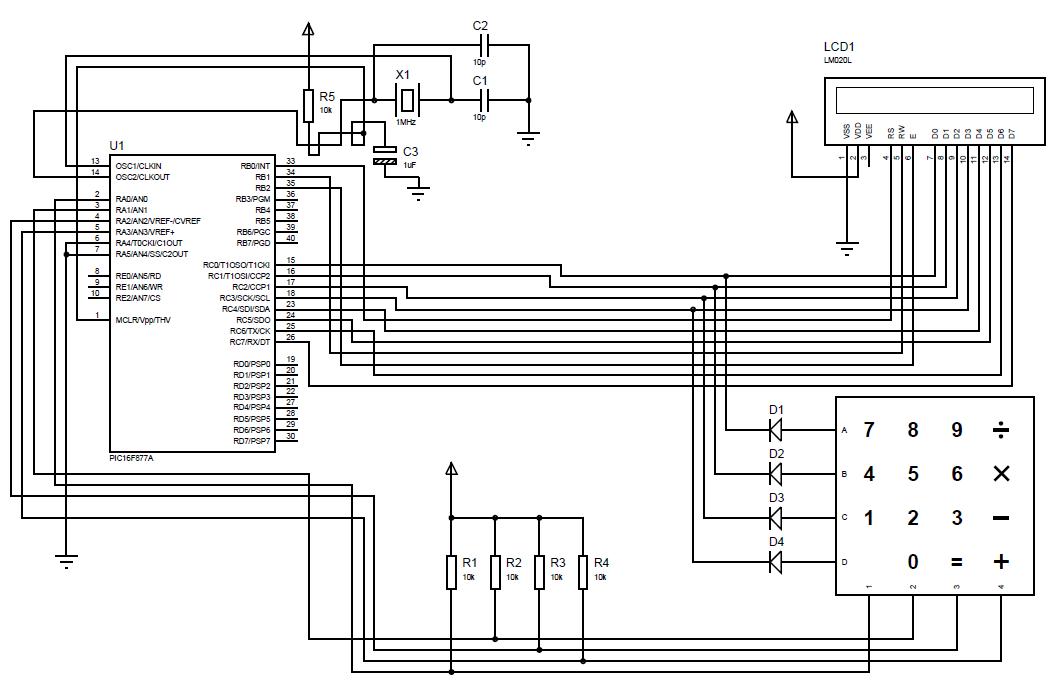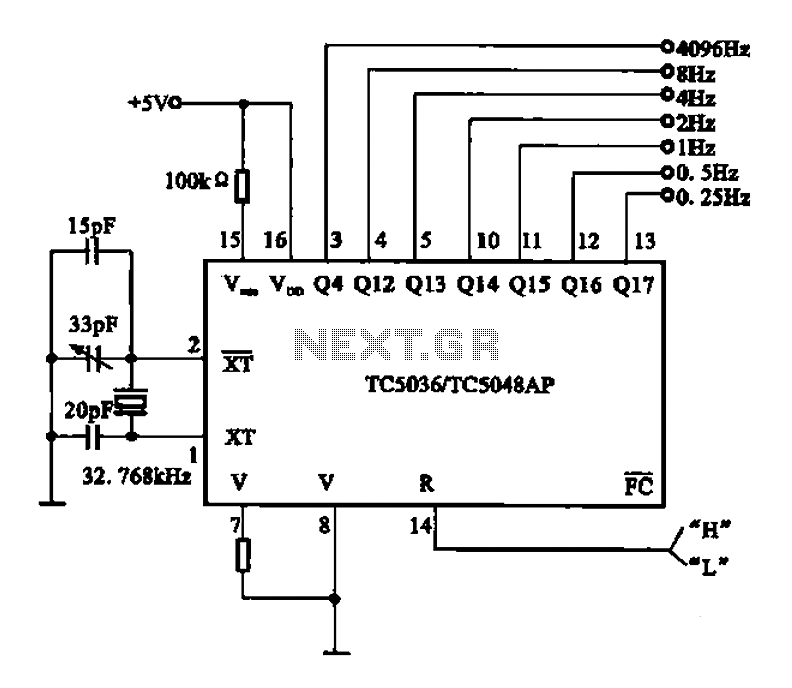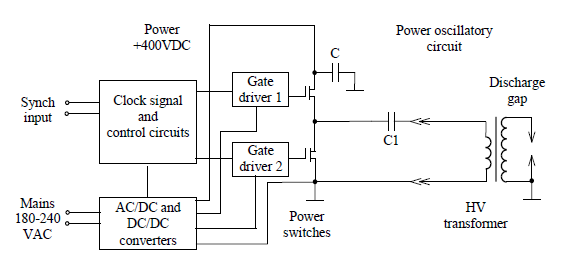
Temperature Control Circuit by Fan

The circuit is designed for temperature control using a fan. It can regulate temperature and also provides temperature indication. All the functions mentioned are monitored.
The temperature control circuit utilizes a fan to maintain a desired ambient temperature within a specified range. The core components of the circuit typically include a temperature sensor, a microcontroller or comparator, a fan, and a display unit for temperature indication.
The temperature sensor, often a thermistor or a digital temperature sensor like the LM35, detects the current temperature of the environment. The sensor outputs a voltage or digital signal proportional to the temperature, which is then fed into the microcontroller or comparator. The microcontroller processes this input and compares it against a pre-set temperature threshold.
When the sensed temperature exceeds the threshold, the microcontroller activates the fan through a relay or a transistor switch, providing cooling to reduce the temperature. Conversely, if the temperature falls below the threshold, the microcontroller deactivates the fan to conserve energy and prevent overcooling.
The temperature indication is usually achieved through an LCD or LED display connected to the microcontroller. This display provides real-time temperature readings and may also include status indicators for the fan operation, such as an LED that lights up when the fan is active.
In addition, the circuit may incorporate features such as hysteresis to prevent rapid on-off cycling of the fan and a user interface for setting the desired temperature threshold. Power supply considerations, such as voltage regulators or power adapters, are also essential to ensure stable operation of the circuit components.
Overall, this temperature control circuit is an effective solution for maintaining optimal temperature conditions in various applications, from home automation systems to industrial processes.The circuit is temperature control by fan, this circuit can control temperature and it also indicates the temperature. All the above functions are monitored and. 🔗 External reference
The temperature control circuit utilizes a fan to maintain a desired ambient temperature within a specified range. The core components of the circuit typically include a temperature sensor, a microcontroller or comparator, a fan, and a display unit for temperature indication.
The temperature sensor, often a thermistor or a digital temperature sensor like the LM35, detects the current temperature of the environment. The sensor outputs a voltage or digital signal proportional to the temperature, which is then fed into the microcontroller or comparator. The microcontroller processes this input and compares it against a pre-set temperature threshold.
When the sensed temperature exceeds the threshold, the microcontroller activates the fan through a relay or a transistor switch, providing cooling to reduce the temperature. Conversely, if the temperature falls below the threshold, the microcontroller deactivates the fan to conserve energy and prevent overcooling.
The temperature indication is usually achieved through an LCD or LED display connected to the microcontroller. This display provides real-time temperature readings and may also include status indicators for the fan operation, such as an LED that lights up when the fan is active.
In addition, the circuit may incorporate features such as hysteresis to prevent rapid on-off cycling of the fan and a user interface for setting the desired temperature threshold. Power supply considerations, such as voltage regulators or power adapters, are also essential to ensure stable operation of the circuit components.
Overall, this temperature control circuit is an effective solution for maintaining optimal temperature conditions in various applications, from home automation systems to industrial processes.The circuit is temperature control by fan, this circuit can control temperature and it also indicates the temperature. All the above functions are monitored and. 🔗 External reference





